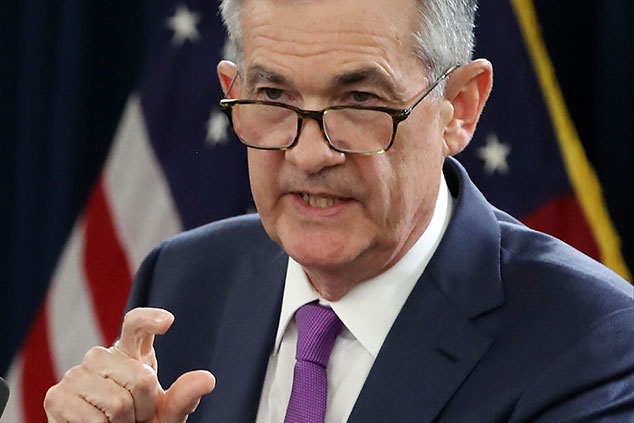
Just before trading stopped for the Christmas holidays, the tech-heavy Nasdaq index plunged into bear-market territory, with a 20% fall in its value from its peak at the close of the summer. Plenty of other major markets slipped into bear territory as well, and most others were very close to it. What was by some measures the longest bull market on record, in sheer length if not in overall strength, was brought to a close. It was not hard to imagine that 2019 would turn into a punishing year for investors.
A short, sharp shock
It has, however, turned out to be a short, if sharp, episode. Through January and the start of February, equity prices have recovered. If we measure a bull market as a 20% rise from the lows, then the Nasdaq is now close to that level. It has clawed back 19.5% of its losses and, barring any major setback, will make up the extra ground sometime this month. Other markets will follow as the Nasdaq increasingly sets the mood globally. The bear market will have lasted just six or seven weeks.
That will be a relief for investors. Unless you were smart enough to have massively shorted Facebook or Apple at the peak, you will have suffered significant losses. As a general rule, everyone makes money in a bull market, and loses it when prices fall. The shorter the bear, the better. But it also illustrates an interesting point. Periods of falling stock prices are getting shorter.
Bear markets are often relatively brief. Stock gains are stretched out over many years; losses are compressed into a few months. And yet since the 1980s the recoveries have usually come around very quickly. According to a study of the S&P 500 by Yardeni Research, there have been 36 corrections or bear markets since 1950. The average length of those was 196 days, or between six and seven months. From 1950 until 1984, most of the corrections or crashes tended to be fairly lengthy, yet since then they have become significantly shorter. Only three of the last 14 have lasted more than 100 days. If you take out the dotcom crash and the financial crash of 2008/2009, the average length comes down to just 76 days. They are getting briefer all the time.
There are two reasons for this. First, central banks have moved in to prop up equity prices. It was only in the 1980s that the Federal Reserve and other policy makers started to worry about stocks. From the mid-1980s onwards they decided the markets mattered for the broader economy – whether through wealth effects (if investors lose money they spend less) or the impact on confidence, or on companies’ ability to raise capital. If markets slip into bear territory, the Fed and other central banks step in to rescue them with cuts in rates, or by postponing planned hikes, or in some cases by buying shares directly.
Second, information flows and trading strategies are becoming more sophisticated all the time. Investors react to information instantly, and the measurements of where value lies have become more and more accurate. When a market plunges, there is plenty of capital waiting to be deployed
to buy shares that are suddenly a lot cheaper. The recovery therefore comes around a lot faster.
You’ll have to be quick to buy the dips
Of course, it remains to be seen where this market goes next. We might be kidding ourselves into thinking that the bear market is already over and we can concentrate on how long and lucrative the next bull phase will be. No one knows for sure. Even so, a relatively brief bear market would fit the pattern that has started to emerge over the last three decades.
That matters to investors, of course, and to anyone who works in the financial markets as well. Buying the dip, for example, is a popular investment strategy, and often a pretty good one. But the dips are not going to last very long, so anyone who wants to get into the market while prices are low will have to move very quickly. More broadly, it means that bear markets are not the long, painful and punishing episodes they used to be. The occasional one- or two-month bear market may simply be the new normal.